The Ruins of Isar and Vardarski Rid
It was a long day of archaeology. In the morning, we hunted down Isar, an ancient settlement dating from the 7th century BC. Later, we drove over to the site of Vardarski Rid, on a hill overlooking Gevgelija. And our afternoon was spent at a museum which collects and displays the best archaeological finds from both sites.
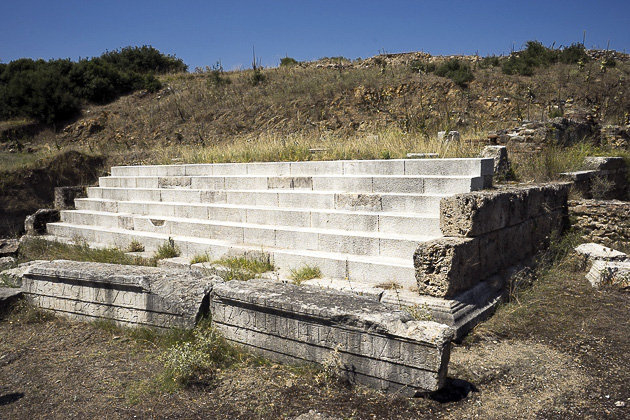
For better or worse, Macedonia is the kind of country in which it’s totally possible to encounter pre-Christian ruins in the middle of a field, without any fanfare, signage or supervision. Isar is a site which dates back nearly 3000 years, and it’s sitting in this field outside Marvinci, all by itself. Just hanging out, patiently waiting to be taken seriously.
The excavation of Isar must have been halted years ago, because the ruins are in the process of being reclaimed by nature. We walked around the various rooms and combed through the weeds, hoping to find an ancient coin (which, of course, we totally would have delivered to the proper authorities). The most conspicuous ruin at Isar is a large architrave on which is etched, with astounding clarity, the word “Macedonia” in Greek script.
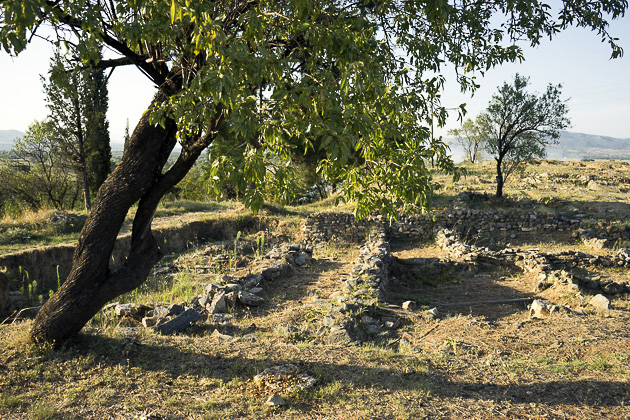
After finishing at Isar, we drove to Gevgelija’s Vardarski Rid, another set of ruins on a hilltop outside town. Perhaps because of its proximity to a larger city, this site was a lot more well developed than Isar, with information describing each set of ruins, and even a parking lot. Excavations have revealed that this strategic location has been settled by since the Neolithic Age, in the 13th century BC.
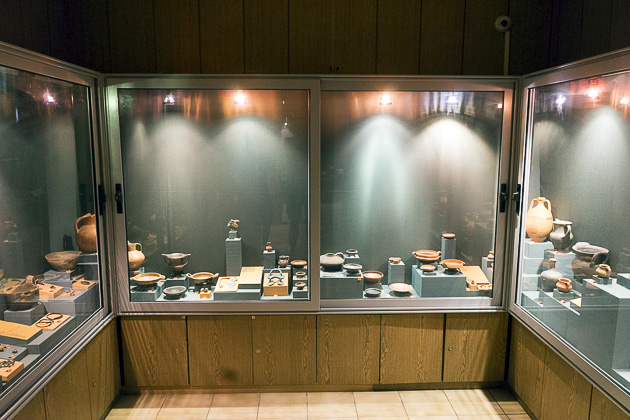
By the time we showed up at Gevgelija’s Archaeological Museum, we were weary of ruins and artifacts. So when the enthusiastic attendant offered to give us an in-depth tour, I could barely stifle a groan. We had been hoping to dart into the museum, cast a cursory glance over its ceramics or figurines or whatever and, duty done, head to the hotel. But luckily, the tour was fascinating, and I immediately shrugged off my lethargy. There have been some important discoveries at both Vardarski Rid and Isar, and hearing the stories brought the sites to life.
For example, we learned about Vardarski Rid’s “Collector.” In one of the newer sets of ruins, dating from the 2nd century BC, archaeologists found a wealth of treasures from much earlier periods. They speculate that the owner of this house must have been a rich man with an interest in artifacts that were already ancient in 200 BC. We saw ancient jars, coins and statues, and also learned that the people of Isar worshiped the goddess Persephone, queen of the underworld. Spooky.
Taken together, the museum and the two archaeological sites provide a fascinating glimpse into the little-understood world of ancient Macedonia. If you can, check out the museum first, which will make ensuing visits to Isar and Vardarski Rid much richer.
More Information About Isar: The Ancient Town at Isar-Marvinci, Valandovo by Viktorija Sokolovska (PDF)

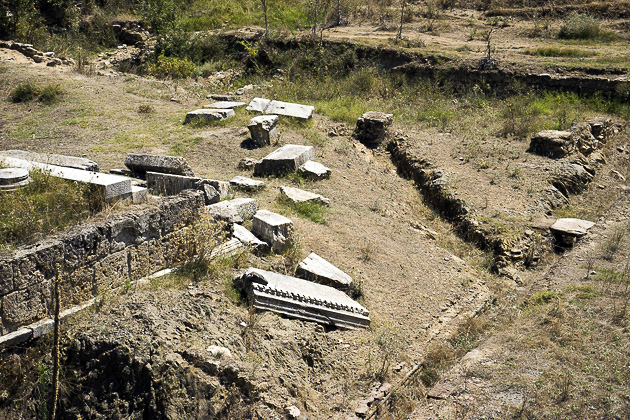
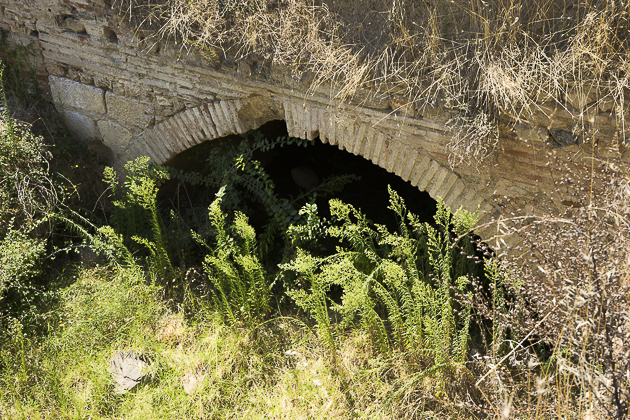
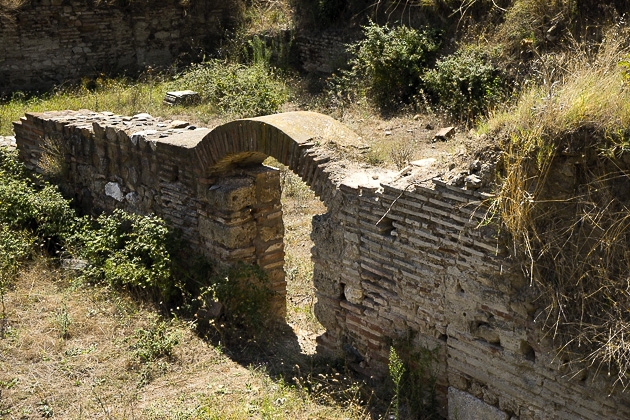



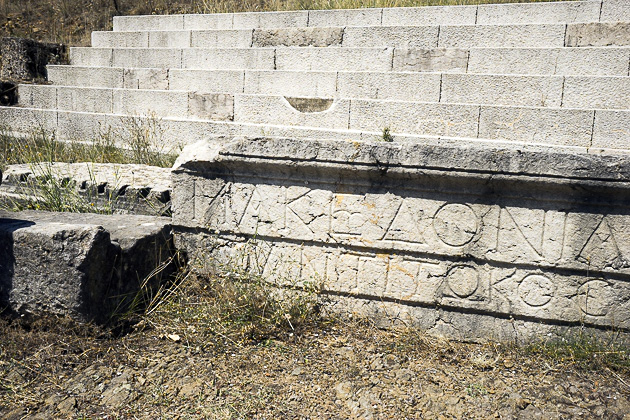


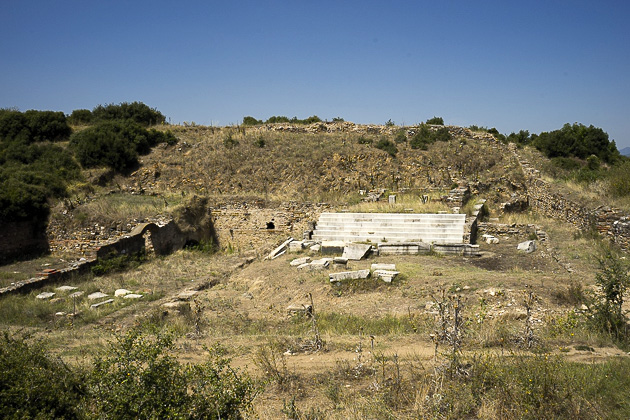
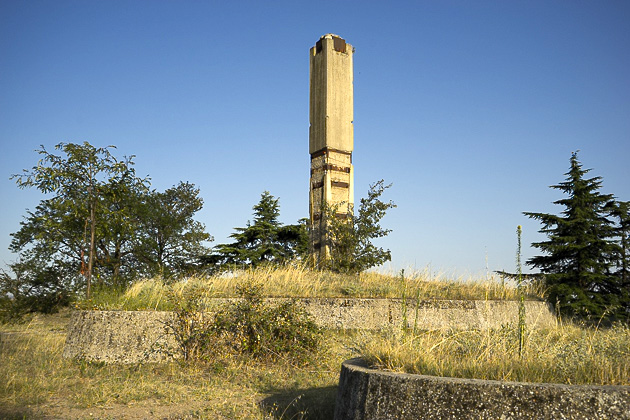
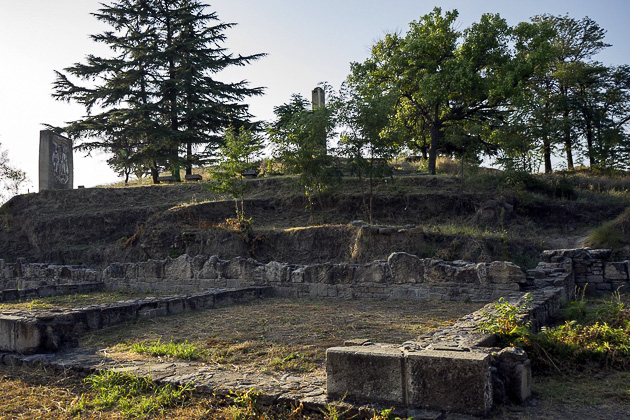
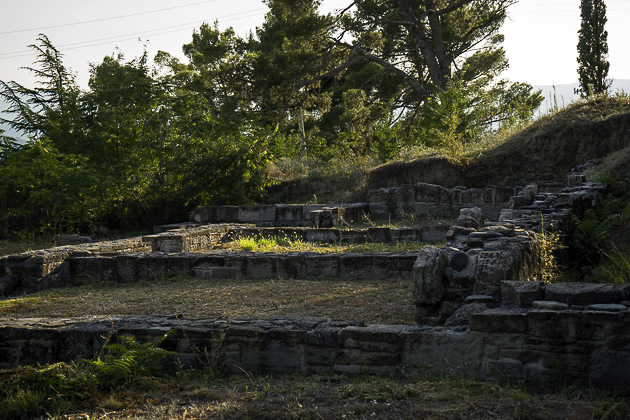
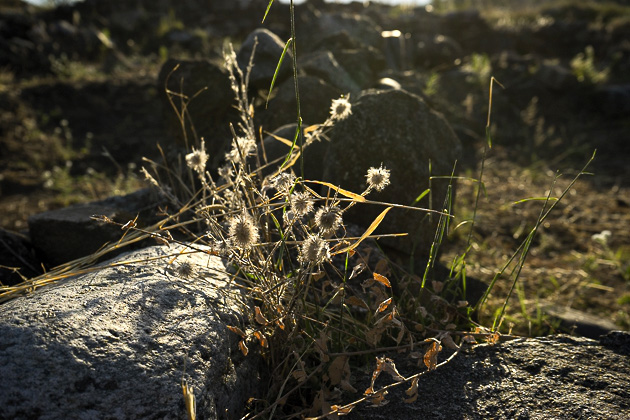
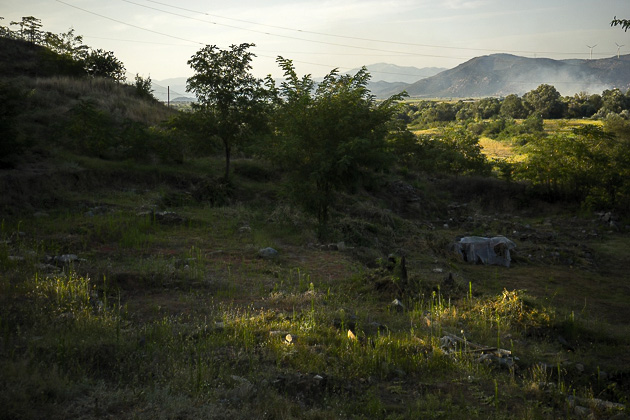
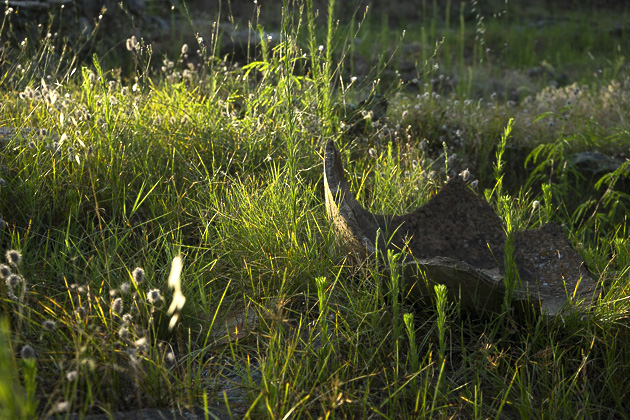
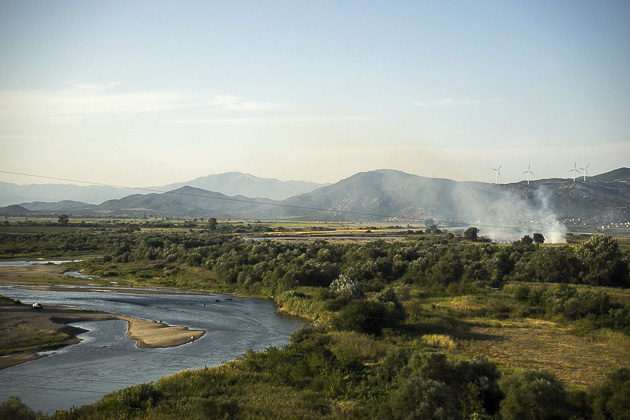

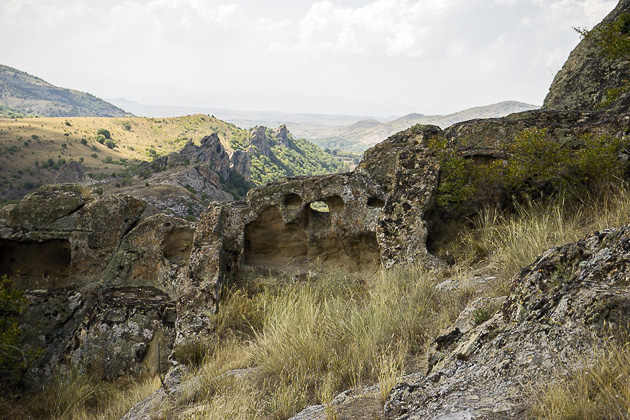
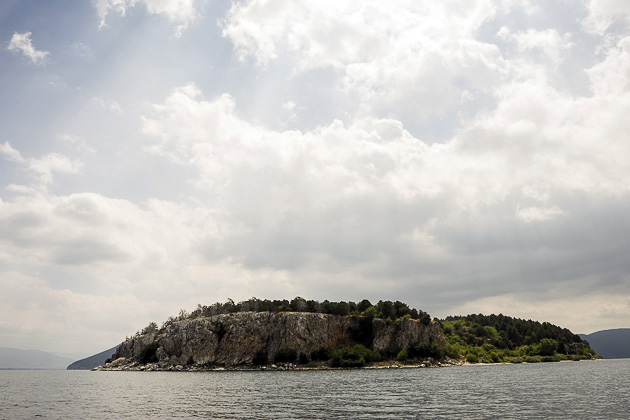

Pingback: To Gamble or Not to Gamble in Gevgelija | For 91 Days in Macedonia – Travel Blog